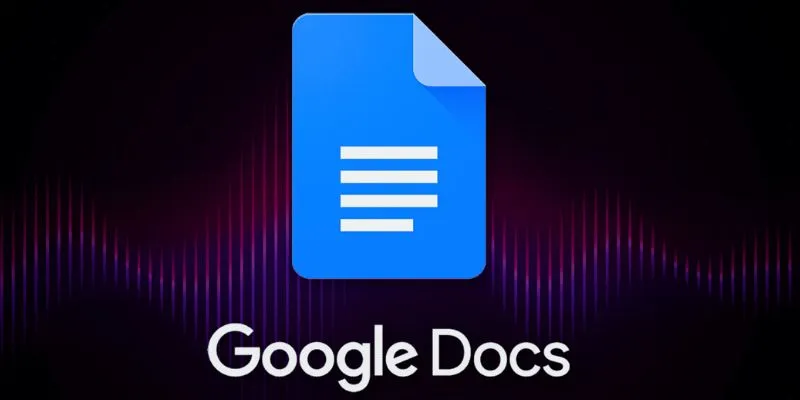Google Expands AI Overviews and Launches New Experimental AI Mode
Google continues its aggressive push into artificial intelligence with a new wave of updates to its core search engine. The company has expanded the capabilities of AI Overviews and rolled out a new experimental feature, AI Mode, aimed at delivering smarter, more responsive, and context-aware search results. These changes represent more than just algorithmic improvements—they signal a shift toward a fundamentally AI-enhanced search experience.
A Smarter, Context-Driven Search Experience
At the core of this evolution is the expansion of AI Overviews, a feature that Google has now made more accessible and far-reaching. Previously only available in limited scenarios and often behind sign-in walls, AI Overviews now appear more frequently and no longer require users to be logged into their accounts.
AI Overviews are triggered when queries involve complexity that goes beyond simple factual answers. These may include questions that require reasoning, step-by-step analysis, or synthesis of information from different contexts. With the rollout of Gemini 2.0, Google’s large language model (LLM), AI Overviews have become more capable of handling challenges across fields like coding, advanced mathematics, and multimodal questions.
Rather than simply listing blue links, AI Overviews deliver concise, intelligent summaries right at the top of the results page. These responses provide a snapshot of information drawn from various high-quality sources, interpreted and articulated through AI. The goal is to reduce the need for users to jump from one site to another in search of clarity—particularly in tasks where reasoning and interpretation are essential.
By presenting synthesized answers instantly, AI Overviews help users save time and focus on decision-making rather than data gathering. It marks a shift from search as a retrieval tool to search as a guided, intelligent experience.
Introducing AI Mode: Search Gets Smarter

While AI Overviews are becoming a more prominent part of the mainstream search experience, Google is also experimenting with a more advanced feature—AI Mode—now being tested in Google Labs. This experimental mode builds upon AI Overviews by adding even deeper reasoning, contextual understanding, and the ability to conduct multi-step conversations with the AI.
AI Mode is designed for users who want to go beyond quick answers. It enables them to explore topics through extended interactions that unfold naturally. Rather than treating every query as isolated, the system understands the continuity of questions and responses, offering follow-up prompts and deeper insight. It creates a more conversational, intelligent assistant embedded directly into the search experience.
For instance, when using AI Mode, users can explore comparative queries, analyze alternatives, or work through nuanced decisions without needing to start over with each search. This ability to reason and think through problems, rather than merely fetch results, is a significant leap forward in how users can engage with search engines.
AI Mode currently remains in its experimental phase and is being rolled out to Google One AI Premium subscribers via invite. This phased testing allows Google to refine the experience based on real-world usage and feedback before a broader public release.
Built on Gemini 2.0: Google’s Multimodal Intelligence
Both AI Overviews and AI Mode are powered by Gemini 2.0, Google’s next-generation language model. This model stands out for its multimodal capabilities, meaning it can process and interpret inputs that go beyond plain text. Whether it’s working through code snippets, solving equations, analyzing images, or interpreting mixed media queries, Gemini 2.0 enhances Google’s ability to understand and respond more meaningfully.
In traditional search, complex tasks often require users to modify queries repeatedly or sift through multiple results to find the correct answer. With Gemini 2.0 driving these new features, users receive more targeted, complete answers in one go. The system can interpret intent more accurately and deliver results that include critical reasoning—effectively bridging the gap between human understanding and algorithmic retrieval.
Multimodal understanding also allows for a more flexible input style. For example, someone could present a combination of a visual input with a text question, and the AI would be able to process and integrate both into a coherent answer. It is beneficial in technical fields such as programming or engineering, where visual data, equations, and text all need to be interpreted together.
Enhanced Accessibility and User Experience

A notable aspect of these upgrades is how seamlessly they integrate into the existing Google Search interface. Users do not need to download new apps or learn new commands to benefit from AI Overviews or AI Mode. These tools appear organically within the traditional search layout, ensuring minimal friction in the user experience.
Google has designed these features to adapt to user needs dynamically. For simple queries, traditional search results may still take priority. But when the question involves complexity, the system automatically brings AI Overviews or AI Mode into action, depending on what is most appropriate. This kind of adaptive search experience ensures that users get the right tool at the right time without needing to switch contexts or platforms.
Additionally, the decision to remove the sign-in requirement for accessing AI Overviews significantly broadens its reach. Now, even casual users can benefit from the enhanced AI-powered responses without needing to be part of Google’s ecosystem. It’s a step toward democratizing access to intelligent search tools.
Conclusion
Google’s expansion of AI Overviews and the rollout of the experimental AI Mode represent a significant leap forward in the evolution of search technology. Powered by the robust Gemini 2.0 model, these features offer users more intelligent, responsive, and nuanced interactions with digital information.
AI Overviews bring clarity and structure to complex questions, while AI Mode invites users to explore deeper through ongoing, context-rich dialogue. Together, they shift the search experience from passive lookup to active understanding—bridging the gap between user intent and insightful response.
Related Articles

How Can You Merge Google Accounts? 3 Easy Ways to Combine Gmail, Calendar, and Contacts

How to Connect Google Calendar with Your Business Apps: 7 Best Practices

What Makes Generative AI by Getty Images The Best AI Image Generator for Businesses?

7 Mostly Free Google Maps Plugins for WordPress You Shouldn't Miss

What Are the Best Google Docs Features to Improve Your Workflow and Save Time?

How to Automatically Save Gmail Attachments to a Google Drive Folder: A Complete Guide

Step-by-Step: How to Add Voice Search Capability to Your WordPress Site

How to Integrate Google Sheets with Shopify: A Step-by-Step Guide

How to Make a Timeline in Google Docs for Your Next Project: A Guide

Google Ads vs. Facebook Ads: Which is Best for Your Business in 2025

Discover the Top 10 Fastest Web Browsers to Use in 2025

Boost Your Productivity: The 10 Best Google Docs Add-Ons You Need
Popular Articles

Get Started with Free PSD Templates: A Designer’s Guide

Best Video Flip Apps to Rotate and Flip Videos Effortlessly

LumaFusion: Pro-Level Video Editing from the Palm of Your Hand

Boost Trust for Free: Adding McAfee SECURE Seal to Your WordPress Site

Top Tools and Tips for Making Multi-Screen Videos on Windows and Mac

How to Make Any Video iPod-Compatible on Windows and Mac

Top 2024 YouTube to MP3 Converter Sites That Are Safe, Free, and Legal

7 Powerful monday.com Features to Simplify Your Project Management

Outlook vs. Gmail: Which Email Platform Wins in 2025?

How to Use Inspect Element in Chrome, Safari, and Firefox: A Beginner's Guide

Top 5 4K Monitors You’ll Love for Gaming, Work, and Beyond

 mww2
mww2